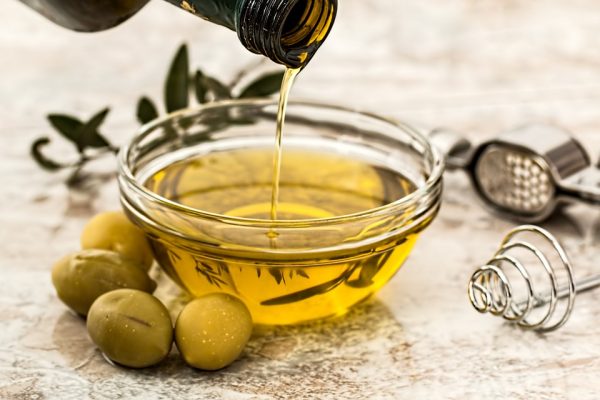When I was a youngster growing up in Southeast Texas, my family ate a lot of what is considered Southern cooking or “soul food.” My father grew up on a Depression-era farm, and he liked to cook a lot of the same foods they grew back then — foods that were the staples of Southern-style cooking. If you’ve never had a good Southern meal, you have missed out on something special — this is comfort food at its finest.
Nowadays, however, many of those traditional dishes are considered unhealthy, and although it’s true that a lot of the high-fat and high-carbohydrate Southern foods should probably not be eaten on a daily basis, there are several notable exceptions, such as bitter greens.
In the South, the more popular bitter greens are typically mustard, collard and turnip greens. I love all three, but there are many other “bitter” greens to choose from. All are highly nutritious and have numerous medicinal and health-boosting properties — bitter greens can rightly be considered as being among the “superfoods” we hear so much about.
So what makes bitter greens so special?
Here’s a short list of some of the beneficial effects of including bitter greens in your diet:
- Improved liver function
- Better digestion
- System cleansing
- Clearer skin
- Lower blood pressure
- Blood purification
- Lower cholesterol
- Improved vision
- Improved nervous system function
- Better blood clotting
Nutritionally speaking, bitter greens are high in protein and rich in vitamins A, C and K. They’re also a great source of minerals such as potassium, calcium and magnesium. They are high in fiber and folates, and they help overall digestion while reducing acid indigestion.
Nadya Andreeva from MindBodyGreen.com writes:
Eating bitter food activates taste buds that simultaneously stimulate enzyme production and bile flow, which promotes digestion. The better your food is digested, the more nutrients you’ll absorb from your food. It doesn’t matter what you eat, if you can’t absorb it, it won’t be of much benefit to you. The high fiber content in bitter greens also helps to eliminate waste through the digestive tract.
How to add greens to your diet
Bitter greens include dozens of varieties. Among them are arugula, amaranth, beet, chicory, kale, dandelion, nettles, radicchio, rucola, watercress, curly cress, mustard, turnip, collard and more…
Each type of bitter green has its own unique flavor and texture.
There are many ways to prepare and consume health-enhancing bitter greens. They can be used in soups, sandwiches and salads, can be eaten raw or cooked and can be served as stand-alone dishes (cooked or not).
In general, the more bitter the taste, the better the health benefits. Some people (including myself) love the bitter taste; others do not. If you’d like to include them in your diet but don’t like the bitterness, there are ways to take the edge off. When mixed with other milder greens in a salad, for example, the bitter taste can be toned down a bit.
Salt, fats or oil (in moderation, of course) also help downplay the bitterness. One of my father’s favorite ways to serve mustard, turnip or collard greens was to simply wilt them with a small amount of hot bacon fat, although I realize that method will not appeal to vegans and others. If you don’t want to use animal fats to mitigate the bitter taste, use some high-quality olive oil instead.
Growing bitter greens the easy way
Most bitter greens are very easy to grow and are particularly well-suited to our own Health Ranger Mike Adams’ revolutionary Food Rising growing system. Mike is the founder of Natural News, and he has recently developed and shared his ingenious Food Rising Mini-Farm Grow Box system in an effort to help feed the world. This simple and effective plant-growing method has been made available to everyone, free of charge.
The Food Rising Mini-Farm hydroponic grow system has 3D-printable components that can be easily fabricated using the plans Mike has shared with the world. Visit the non-profit FoodRising.org website to find out more about this amazing (and free) food production technology and get started growing your own healthy foods using the Food Rising method.
Sources:
http://www.organicauthority.com
http://www.mindbodygreen.com
http://foodrising.org





















